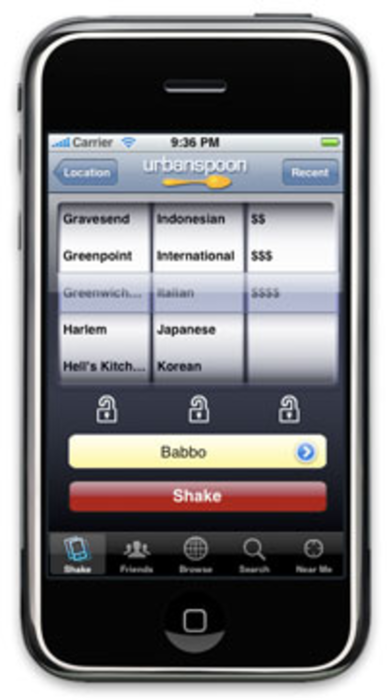Following Apple’s announcement of 1 billion iPhone app downloads in just nine months, Compete released its quarterly Smartphone Intelligence report, indicating 28% of smartphone users have spent $5 to $50 on a mobile application. These early signs of ancillary revenue have marketers asking what it takes to build a successful mobile application — and what the price is.?
As with any new technology, mobile applications have not yet found their line item in the marketing budget. “A marketer can easily spend $50,000 or more building a mobile app for the iPhone, only to then realize that they need to spend $50,000 more to build the same mobile app for another platform,” said Daniel Ruben Odio-Paez, co-founder and CEO, PointAbout.com. This investment reality, coupled with the fact that a relatively low percentage – estimated by Odio-Paez as 2% to 5% – get the majority of the traffic, means that marketers should heed the advice of those who have found success.?
Patrick O’Donnell, a founder of Urbanspoon, has some ideas. When the iPhone app store opened last July, Urbanspoon’s restaurant search app was one of 552 applications available; today, there are more than 35,000. This early traction, as well as being featured in Apple advertising, gave Urbanspoon a boost.?
“The best promotion you can get is to be in the top 10 or top 25,” O’Donnell said. “The trick is, you need to get there first.”?
Yet advertising alone does not make a successful product; Urbanspoon’s iPhone application is now in its 10th version. “We were happy to discover that people upgrade when we release a new version,” he said. ?
A similar consumer-focused process has led to the success of TripIt’s iPhone application, launched last month. “TripIt already had a mobile Web app for about a year, so we based much of our iPhone app on that concept,” said Scott Hintz, VP, business development and co-founder. ?
This experience provided Hintz with three guiding principles: Keep it simple, solve a real-world problem, and set expectations with the audience when launching beta. ?
“Most of all, listen to the feedback and act upon it,” Hintz said.








